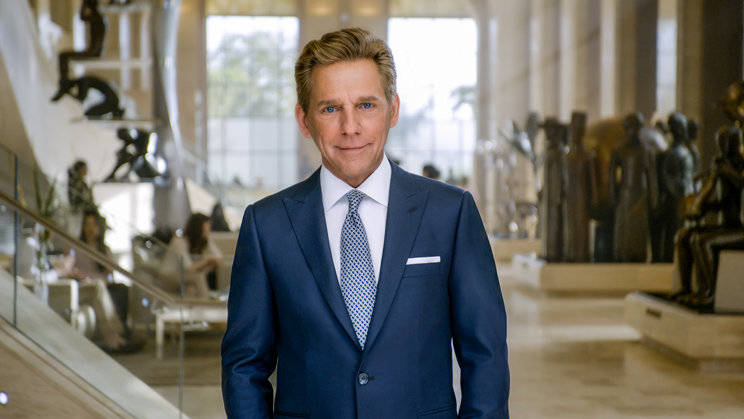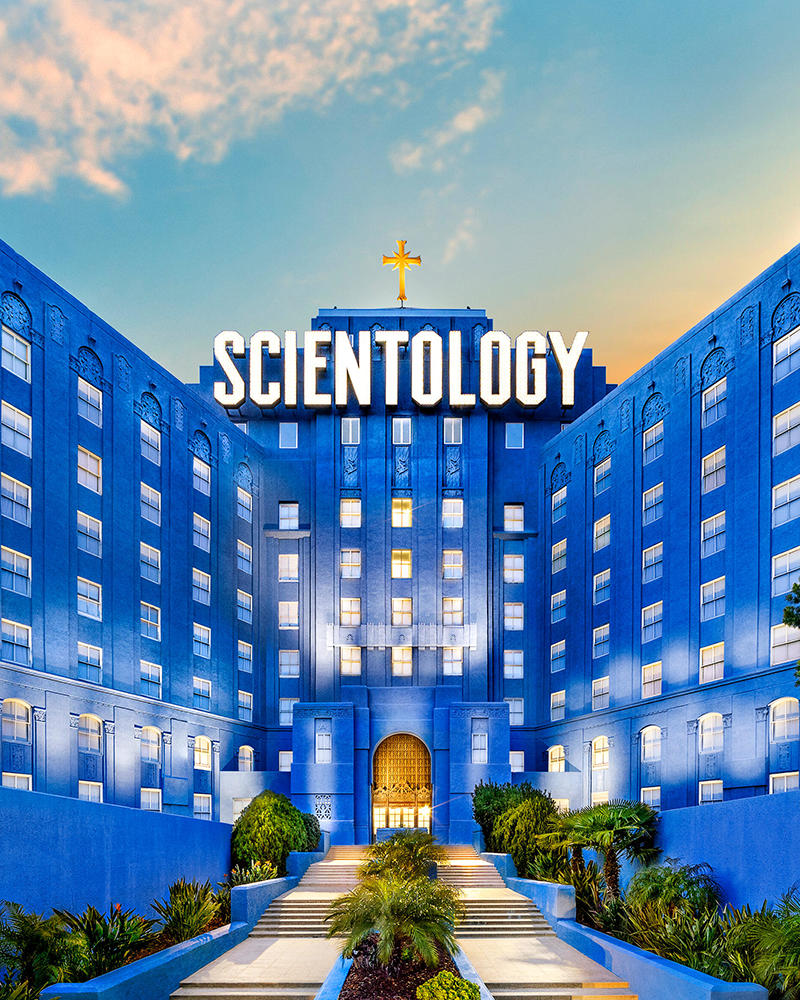What is Scientology? Exploring the Core Tenets and Basics
What is Scientology? Exploring the Core Tenets and Basics
Blog Article
The Reality Regarding the Church of Scientology Revealed
The Church of Scientology has long been a topic of both fascination and conflict, with its origins dating back to the mid-20th century. Started by science fiction writer L. Ron Hubbard, this religious activity has obtained considerable interest for its unique beliefs and practices. Past the surface area level information that many are familiar with, there lies a much deeper and a lot more detailed internet of conflicts, criticisms, and complexities that dropped light on the inner functions of this organization. As we begin to untangle the reality concerning the Church of Scientology, a more clear image emerges, revealing a story that is as interesting as it is controversial.
Origins and Starting
The Church of Scientology was founded in 1954 by sci-fi writer L. Ron Hubbard. Hubbard originally established a self-help system called Dianetics, which later evolved right into what is now referred to as Scientology. The origins of Scientology trace back to Hubbard's dissatisfaction with standard psychiatric therapy approaches and his belief in the potential for individuals to get over past injuries and accomplish spiritual knowledge.
Hubbard's trainings focused around the concept of thetans, never-ceasing souls present in all people, and the practice of bookkeeping, a kind of therapy focused on revealing and resolving past traumas (Johannesburg North). These concepts formed the foundation of Scientology, which Hubbard explained as a religious beliefs that used a course to self-discovery and personal development
The Church of Scientology rapidly acquired followers, with Hubbard establishing the initial main Church of Scientology in Los Angeles. Throughout the years, the organization increased globally, attracting both committed followers and doubters that elevated problems regarding its methods and beliefs. Regardless of controversies surrounding its practices and origins, Scientology continues to be a substantial religious activity with an existence in various nations worldwide.

Ideas and Practices
With a focus on spiritual knowledge and individual development, Scientology's ideas and techniques rotate around discovering past injuries and accomplishing self-discovery through the idea of thetans and the method of auditing. Thetans, according to Scientology teaching, are never-ceasing souls that exist within each individual. These thetans have lived via countless past lives and have actually collected negative experiences referred to as engrams that hinder spiritual progress. With a process called auditing, Scientologists aim to address and eliminate these engrams to achieve a state of clear, complimentary from the unfavorable results of previous trauma.
By doing so, Scientologists believe they can achieve spiritual knowledge, boost personal development, and reach their complete possibility as spiritual beings. The method of bookkeeping is main to the beliefs and methods of Scientology, emphasizing self-discovery and the pursuit of a greater state of presence.
Objections and debates
Among public scrutiny and discussion, the Church of Scientology has encountered a wide range of criticisms and disputes regarding its techniques and effect on society. One substantial factor of opinion revolves around the organization's supposed economic methods, with complaints of expensive costs for solutions and hostile fundraising techniques - What is Scientology. Movie critics have actually likewise increased issues about the Church's rigorous ordered framework, which some former participants declare fosters a society of control and control
Furthermore, the Church of Scientology has actually undergone extensive objection for its therapy of participants, including claims of forced labor, emotional misuse, and the method of interference, where members are motivated to cut connections with friends and family crucial of the Church. These methods have resulted in various lawful difficulties and examinations in several nations, casting a darkness over the Church's reputation.
Moreover, the Church's hostile legal tactics against movie critics and media outlets have stimulated disputes concerning liberty of speech and the limits of spiritual defense. These debates have dramatically designed public perception of the Church of Scientology and remain to fuel ongoing discussions find out regarding its legitimacy and influence on culture.
Management and Structure
Just how does the leadership framework of the Church of Scientology affect its procedures and decision-making procedures? The Church of Scientology is recognized for its ordered leadership version, which is systematized around the authority of its leader, presently David Miscavige. As the Chairman of the Board of the Religious Technology Facility, Miscavige holds considerable power within the company. This centralized leadership framework permits quick decision-making and consistent enforcement of policies throughout the church's different branches worldwide.
At the local level, Scientology operates with private churches and goals, each with its very own set of leaders in charge of overseeing procedures within their respective locations. These leaders are tasked with applying the regulations set forth by the central management while likewise addressing the certain needs of their churchgoers.
While this ordered framework can enhance operations and make sure adherence to the church's teachings, it has actually likewise faced criticism for potential abuses of power and lack of openness. Understanding the leadership and framework of the Church of Scientology is essential in comprehending exactly how the company features and the characteristics at play within its rankings.
Impact and Impact
What considerable effects does the management framework of the Church of Scientology carry its participants and external stakeholders? The hierarchical management structure within the Church of Scientology puts in a profound impact on its members and outside stakeholders. Members are typically subjected to strict control and surveillance, with substantial stress to conform to the methods and beliefs dictated by the management. This can cause a loss of individual autonomy and crucial reasoning skills, as individuals are expected to unquestioningly follow the instructions set forth by the company's leaders (Scientology Johannesburg).
On The Surface, the Church of Scientology's management framework can have a polarizing impact on stakeholders. Overall, the management framework of the Church of Scientology plays a substantial role in shaping the experiences and assumptions of both members and exterior stakeholders.
Conclusion

The Church of Scientology swiftly obtained fans, with Hubbard developing the first official Church of Scientology in Los Angeles.In the middle of public Bonuses examination and argument, the Church of Scientology has dealt with a multitude of criticisms and disputes concerning its practices and effect on society.What significant effects does the leadership structure of the Church of Scientology have on its participants and external stakeholders? The ordered management structure within the Church of Scientology applies a profound influence on its members and outside stakeholders. On the whole, the management structure of the Church of Scientology plays a substantial role in forming the experiences and assumptions of both members and outside stakeholders.
Report this page